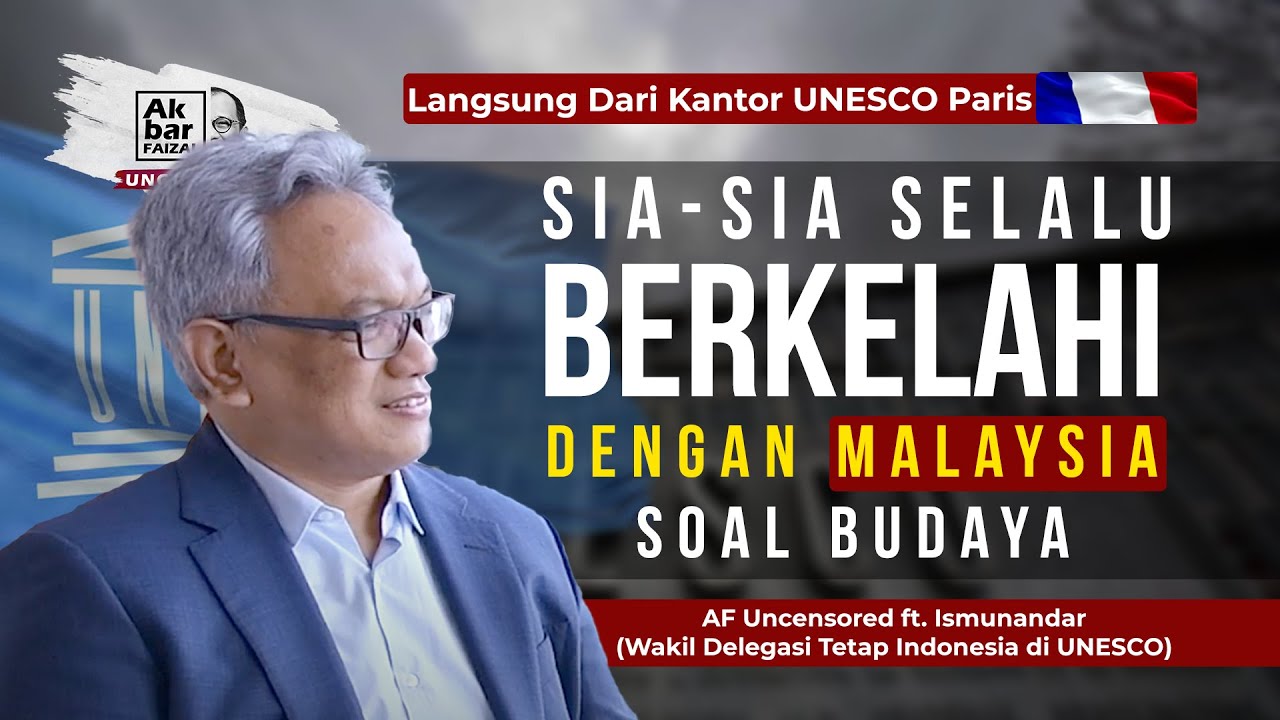Constitutional Provision for Environmental Protection | Environmental Law | Environment Legislation
Summary
TLDRThis video discusses the importance of protecting cultural heritage and the environment, focusing on India's constitutional provisions for monument preservation. It highlights Article 49, which mandates state responsibility for safeguarding national monuments and objects of historical or artistic significance. A key example is the M.C. Mehta vs. Union of India case, in which the Supreme Court took action to protect the Taj Mahal from pollution by ordering factory closures and infrastructure changes in Agra. The video underscores the intersection of environmental protection and cultural heritage conservation, stressing the state's role in preserving both for future generations.
Takeaways
- 😀 Article 49 of the Indian Constitution emphasizes the protection of monuments, places, and objects of national importance.
- 😀 The state has the duty to safeguard cultural and historical heritage from destruction or damage, as mandated by Article 49.
- 😀 The state should be responsible for ensuring the protection of monuments and objects of historical, artistic, or international importance.
- 😀 In the case of environmental protection, the M.C. Mehta v. Union of India case focused on preserving the Taj Mahal from pollution damage.
- 😀 The Supreme Court ordered industries causing pollution near the Taj Mahal to shut down to prevent further damage to the heritage site.
- 😀 A bypass road was built around Agra to divert traffic and reduce pollution around the Taj Mahal.
- 😀 The Court also directed the closure of shops and emporiums within the Taj Mahal premises to preserve the monument.
- 😀 The M.C. Mehta case highlighted the connection between environmental protection and the preservation of cultural heritage.
- 😀 The government was encouraged to incentivize the relocation of polluting industries to other areas to protect the Taj Mahal.
- 😀 The Supreme Court's directives aimed to balance environmental concerns with the preservation of India's national heritage sites.
Q & A
What does Article 49 of the Indian Constitution focus on?
-Article 49 focuses on the protection of monuments, places, and objects of national importance. It mandates the state to ensure the preservation and protection of cultural and historical heritage, preventing them from being destroyed, spoiled, disposed of, or exported.
What role does the state play in the protection of monuments and cultural heritage according to Article 49?
-The state is responsible for safeguarding monuments and cultural heritage. It is the state's duty to ensure that these objects of national importance are protected from destruction and degradation, preserving them for future generations.
What specific case related to environmental protection and the Taj Mahal is mentioned in the transcript?
-The case discussed is **M.C. Mehta vs Union of India**, in which a petition was filed under Article 32 of the Indian Constitution to address the pollution affecting the Taj Mahal. The petitioners highlighted the damage caused by nearby industries and factories.
What orders did the Supreme Court give in response to the pollution affecting the Taj Mahal?
-The Supreme Court ordered the closure of industries polluting the Taj Mahal area unless they could control emissions. It also directed the closure of shops within the Taj Mahal premises, the construction of an Agra bypass to divert traffic, and the relocation of industries to other areas with government incentives.
Why did the Supreme Court take action to protect the Taj Mahal?
-The Supreme Court took action because pollution from nearby factories and industries was damaging the Taj Mahal, a national cultural heritage site. The court's orders aimed to reduce pollution and preserve the monument for future generations.
How did the Supreme Court's ruling address the environmental issues around the Taj Mahal?
-The court addressed environmental issues by closing polluting industries, relocating them to other areas, and creating infrastructure like the Agra bypass to reduce traffic-related pollution. The goal was to mitigate the damage caused by environmental factors and safeguard the Taj Mahal.
What is the significance of the Agra bypass in the Supreme Court's decision?
-The Agra bypass was constructed as part of the Supreme Court's decision to divert city traffic away from the Taj Mahal, thereby reducing the pollution caused by vehicular emissions and protecting the monument from further environmental degradation.
What did the Supreme Court order regarding the shops and emporiums on the Taj Mahal premises?
-The Supreme Court ordered the closure of all shops and emporiums within the Taj Mahal premises to help reduce pollution and preserve the site's integrity and heritage.
What kind of government incentives were mentioned in the Supreme Court's directions?
-The government was instructed to provide incentives to industries that were relocated away from the Taj Mahal area. These incentives were meant to support the transition and ensure that industries complied with the relocation order.
How does Article 49 relate to environmental protection in the context of the Taj Mahal case?
-Article 49, while primarily focused on the protection of monuments, implicitly supports environmental protection as well, especially when the preservation of a national heritage site like the Taj Mahal is at risk due to environmental factors such as pollution. The court's ruling in the Taj Mahal case aligns with the principles of Article 49 by protecting a national monument from environmental damage.
Outlines

This section is available to paid users only. Please upgrade to access this part.
Upgrade NowMindmap

This section is available to paid users only. Please upgrade to access this part.
Upgrade NowKeywords

This section is available to paid users only. Please upgrade to access this part.
Upgrade NowHighlights

This section is available to paid users only. Please upgrade to access this part.
Upgrade NowTranscripts

This section is available to paid users only. Please upgrade to access this part.
Upgrade Now5.0 / 5 (0 votes)





